
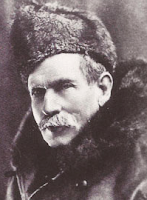
Andy Warhol must be twirling his wig there in some fuggy realm of the astral watching the Instagramming-Tweeting-Facebooking smombiedom of our day. So it seems, everyone and their neighbor’s cousin’s twinkle-eyed cat is a 24/7 celebrity in their own iPhone. A century ago, many a decade before Mr. Warhol’s meteoric flash through the bizarropheres of celebridom (which I daresay have reached their apogee with our Tweeter-in-Chief, DJT), celebrity meant something different, and if not always, at least usually a more curated and dignified elevation to social visibility, and perchance of a literary nature. Well! I’ll leave it for our social historians to parse out the granular detail from that particular conceptual bramble-clogged tarpit. I’m just bloggin’ here about POULTNEY BIGELOW, an obscure figure today, but a dazzler of a literary celebrity in his time.
One measure of that celebrity: when he died in 1954 at 98 years of age, the New York Times granted him this lengthy obituary.
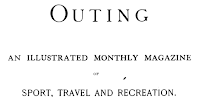
The author of a raft of books and pioneer publisher of the sports magazine Outing, Poultney Bigelow has popped up on my radar because I am at work on a book about Far West Texas that will include some discussion of his older brother, John Bigelow, Jr.’s articles about the Indian Wars, which Poultney published in Outing, along with illustrations by Poultney’s classmate at Yale, Frederic Remington.
> View Outing online. Also here.
> Next up on my reading list: G. Edward White’s The Eastern Establishment and the Western Experience (Yale University Press, 1968).
JOHN BIGELOW SR.
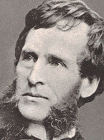
Poultney (b. 1855) and John Jr. (b. 1854) were the sons of John Bigelow, a skyscraper of a figure in US, New York State, New York City, and Panama Canal history. As President Lincoln’s Minister to France, John Bigelow Sr. also had quite a bit to do with twisting Napoleon III’s arm to remove his army from Mexico… and Abolition… publishing history… and Swedenborgianism….
See also this article about the Bigelow family homestead in Malden-on-Hudson, where Poultney lived his last decades.
> “The First Family of Malden: Eccentric and Worldy” by Jennifer Farley, Saugerties Times, July 10, 2012
More about John Bigelow, Sr. and John Bigelow, Jr. anon.
ARCHIVAL RESOURCES ON POULTNEY BIGELOW
His papers are in the New York Public Library
Some letters to his father are in the John Bigelow Archive at Union College.
BOOKS BY POULTNEY BIGELOW

The German Emperor and His Eastern Neighbours (1892)
Paddles and Politics (1892)
Bismarck (1892)
The Borderland of Czar and Kaiser: Notes from Both Sides of the Russian Frontier (1895)
History of the German Struggle for Liberty (1896)
White Man’s Africa (1897)
The Children of the Nations: A Study of Colonization and Its Problems (1901)
Prussian Memories (1916)
Genseric: King of the Vandals and First Prussian (1918)
Prussianism and Pacifism (1919)
Japan and Her Colonies (1923)
Seventy Summers (1925)
A FEW GEMS FROM “SEVENTY SUMMERS”
Poultney Bigelow’s best-known work is his memoir, Seventy Summers, in two volumes, 1925.
When he was a boy, as mentioned, his father was President Abraham Lincoln’s Minister to France. Those familiar with Mexican history will recall that the French Imperial Army had invaded Mexico to support a return to a Catholic monarchy: the regime of Maximilian von Habsburg. By 1866, thanks in part to Bigelow’s persistent pressure in support of the Mexican Republic, Napoleon III’s support for Maximilian was waning, and the Mexican monarchy began to collapse. Poultney Bigelow (vol I p. 33):
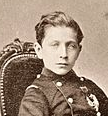
“The Emperor sent his only child, the Prince Imperial, to mark his warm friendship for Uncle Sam. It was a bitter pill for Eugenie, and still more for her Court, who had invested much money in Mexico. How they must have cursed the heretics, Lincoln and Stewart and Grant, for thus destroying their dreams of easy money!…
“Prince Imperial was not so attractive to me… His hair was perfumed, oiled, and curled; he wore a velvet suit with a wide lace collar; he was pale, thin, and obviously on an official mission. An arm-chair became his baby throne, and behind it stood a forbidding Field-Marshal whose uniform was rich in decorations, and whose grandeur checked any impulse we boys might have cherished as regards a rough romp.
“My brother [John Bigelow, Jr] and myself were formally presented– and amongst the many elders many compliments were exchanged, and much emphasis laid upon the Emperor’s kindness so nobly manifested. But the formality was an empty one– we did not play any games with His Imperial Highness, and he soon retired with his war-like equerry to tell his fond mamma that he had been among the American savages, that he had escaped alive, and was uncommonly glad at not having had to share in our brutal pastimes.”
Playtime in Potsdam with Prince Wilhelm (1859-1941), whom he calls William, who would become Kaiser Wilhem II, was a marked contrast (vol I p. 76):
“At the Neues Palais I was cordially welcomed by Prince William and his brother Henry… From the hour of my first visit until our departure for New York in the fall of 1872, I was an almost constant playmate of the future Kaiser… We romped about the great palace if the weather was bad, played hide-and-seek in the vast attic spaces, and once had the rare treat of working the stage machinery in the theater. Of course, as in the case of most normal boys, we compared notes on likes and dislikes. Prince William knew his Fenimore Cooper by heart, and thirsted for games reminiscent of Uncas and Leatherstocking.”

Literary connections were multitudinous in the Bigelow household. Babe Poultney is held by Washington Irving (p.19), as a boy shakes hands with Charles Dickens (p. 54); and later visits with Samuel Clemens, aka Mark (“Dear old Mark!”) Twain in Johannesburg and in London (pp. 165-168). On the poet Joaquin Miller (p.197):
“Joaquin (pronounced Walk-een by the initiate) had rented a cottage on my father’s place near West Point, and acted the part of an interesting savage slowly accomodating himself to the ways of the white man… On his head was a picturesque Mexican sombrero, beneath whose broad brim flowed a massive main after the fashion of Buffalo Bill…”

Giants of politics and captains of industry make their cameo appearances, among the former, Jefferson Davis (breaks up a dog fight with his bare hands p. 225), Theodore Roosevelt (vol I 272, vol II 194, 212 212….) and among the latter, Andrew Carnegie. With Carnegie, as with certain others, Poultney can be cutting– and this apropos of Carnegie’s annual visits on John Bigelow, Sr.’s birthday (p. 198):
“Carnegie awakened my dislike from first meeting him in the early ‘eighties, and this instinctive feeling was further fortified by my father who was profoundly religious.”
The scene in which Bigelow Sr invites his birthday visitor to finance
the translation and publication of the works of Swedenborg would make a
prize-winning playlet.
Poultney’s first taste of Yale University did not suit him. He took a two year leave to travel the world. It would be difficult to overstate his adventures before starting Outing
magazine: China, Japan, Papua New Guiness, Borneo, China… returning
to Yale in 1876… and many more subsequent world travels…
At Yale University he meets Frederic Remington; together they take a drawing class (p. 301):
“The most difficult of all statues for a beginner was given us: the madly dancing Faun generally credited to Praxiteles. At long intervals the melancholy professor of drawing entered our cheerless room, gazed sadly at our clumsy crayoning, made a few strokes by way of emphasizing our clumsiness, and then disappeared.”
OUTING: AN ILLUSTRATED MONTHLY MAGAZINE OF RECREATION
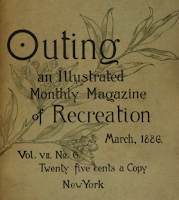
The range of sports covered included bear hunting, moose hunting, salmon fishing in Canada, blowing up an abandoned ship in the waters off Madeiria, camping in Yellowstone , cruising to the Bahamas in winter, chasing Geronimo, tennis… Uf, I am breathless just typing all that.
IN OUTING: “AROUND THE WORLD ON A BICYCLE” BY THOS. STEVENS, ILLUSTRATED BY W.A. ROGERS
I just kind of went acorns & hazelnuts taking screenshots from the series of articles on biking, “Around the World on a Bicycle” by biking pioneer Thomas Stevens (1854 – 1935), illustrated by W. A. Rogers.
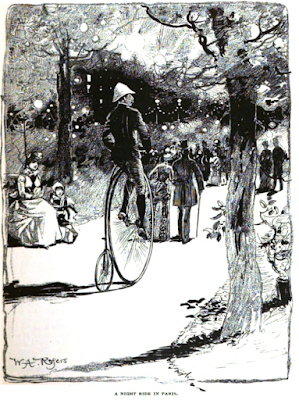

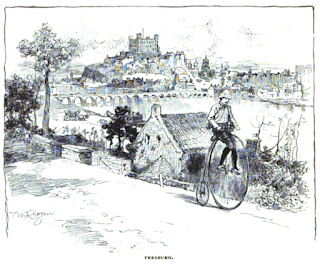
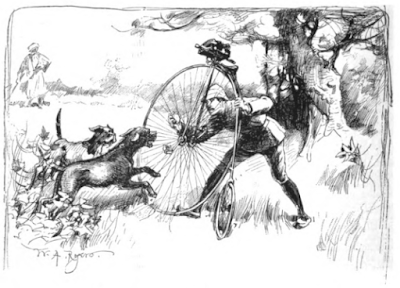
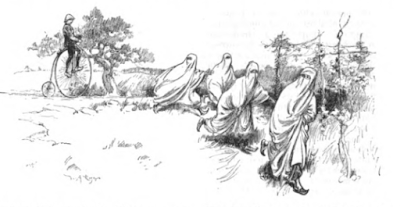
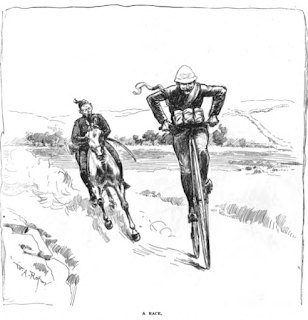

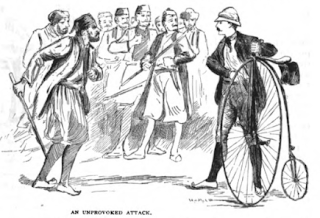
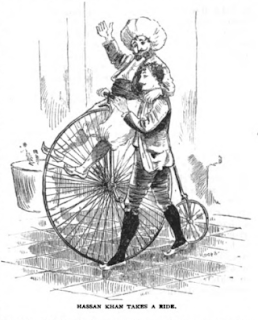
A FEW FURTHER NOTES ON “OUTING”
And here are a few of the ads in Outing— which give an idea of the magazine’s readers, or at least as the editor and his advertisers might have envisioned them:
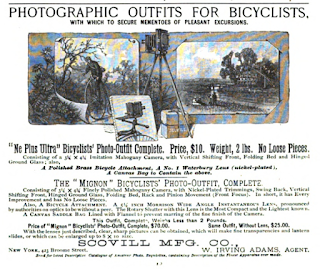
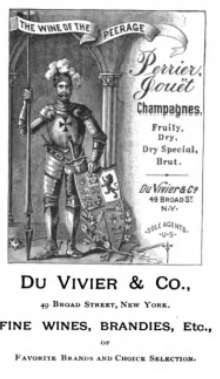

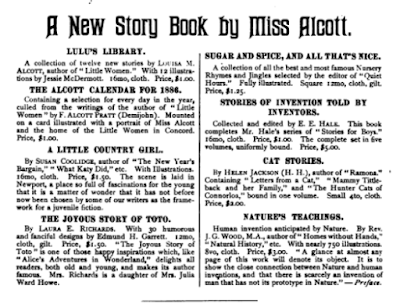
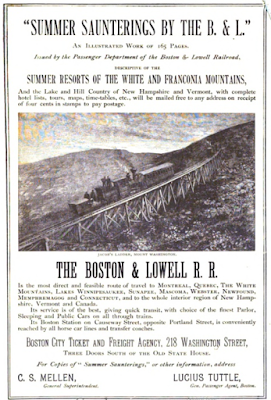
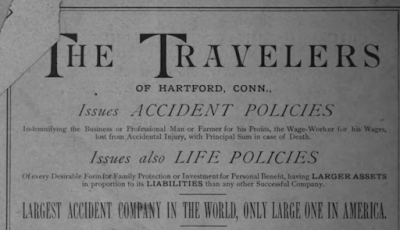
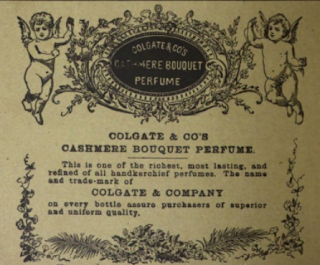
In general the articles in Outing are long, dense (no pull quotes), and sparsely if interestingly illustrated. The contrast with most of our contemporary magazines– a froth of pull quotes, splashy photos and advertising featuring more splashy photos (for the most part of stick-thin people exuding ennui, disdain, or immanent coma) and the whole of it but sprinkled with driplets of prose– is striking. I quail to think of Mr Bigelow’s reaction were he to have seen the likes of Sports Illustrated.
The prose in Outing gives me a yen for crumpets, or something. From the opening of a November 1885 “To the Pole on Sledges” by W.H. Gilder:
“Do I think that any one will ever reach the North Pole? Most assuredly.”
The
poetry is, shall we say, evidence that literary tastes have since
evolved. Herewith a couple of samples (after which point my bemusement
wears thin):
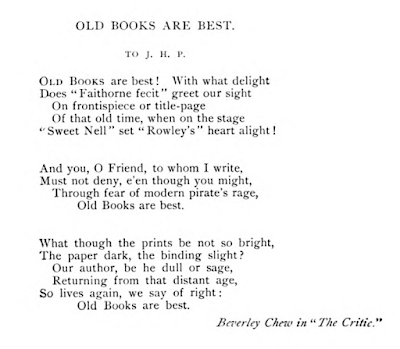
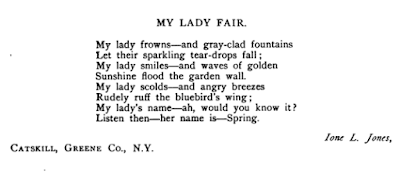
YO, THEODORE ROOSEVELT!!!
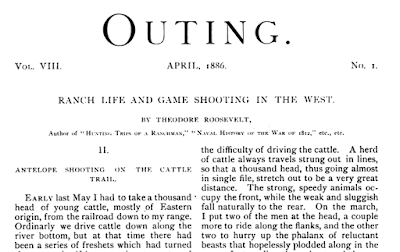
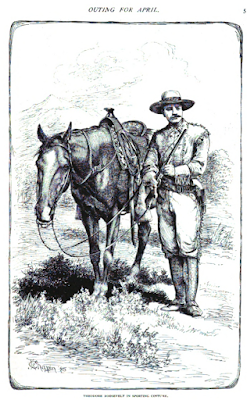
A CHAT WITH STANLEY IN THE CONGO
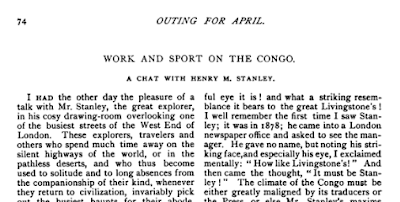
Notes about Poultney’s older brother John Bigelow Jr, his career, and his reporting on the Indian Wars for Outing anon.
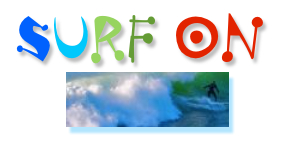
Notes on Tom Lea and His Epic Masterpiece of a Western, The Wonderful Country
Literary Travel Writing: Notes on Process and the Digital Revolution
Find out more about
C.M. Mayo’s books, articles, podcasts, and more.

